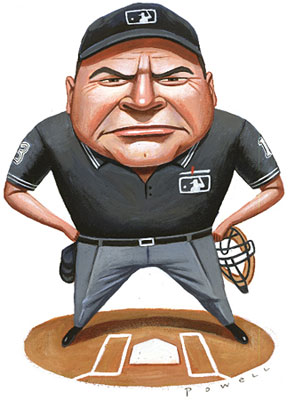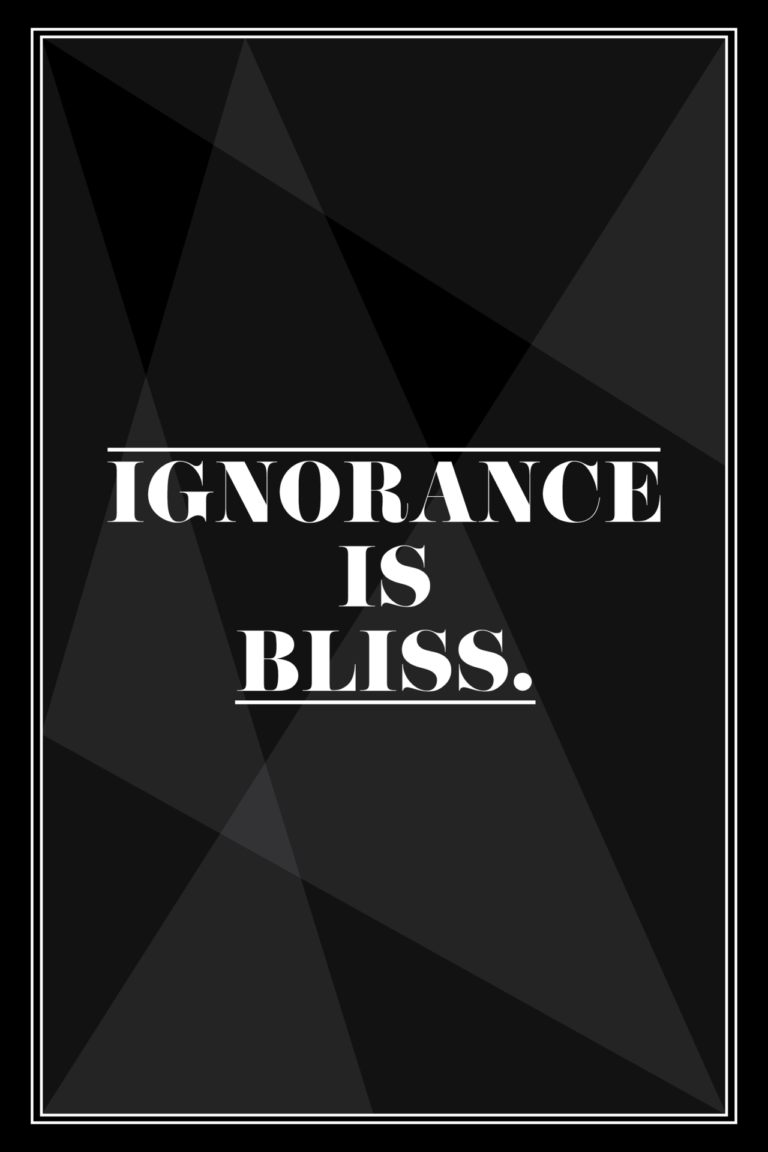College Baseball Today- Missouri Valley Preview
Here is a look at the Missouri Valley baseball season for 2018. They are listed in the order that the coaches select them to finish this year. The Valley website has provided the following preview: Dallas Baptist welcomes back seven position players with over 100 at-bats and 10 pitchers from a team that…




